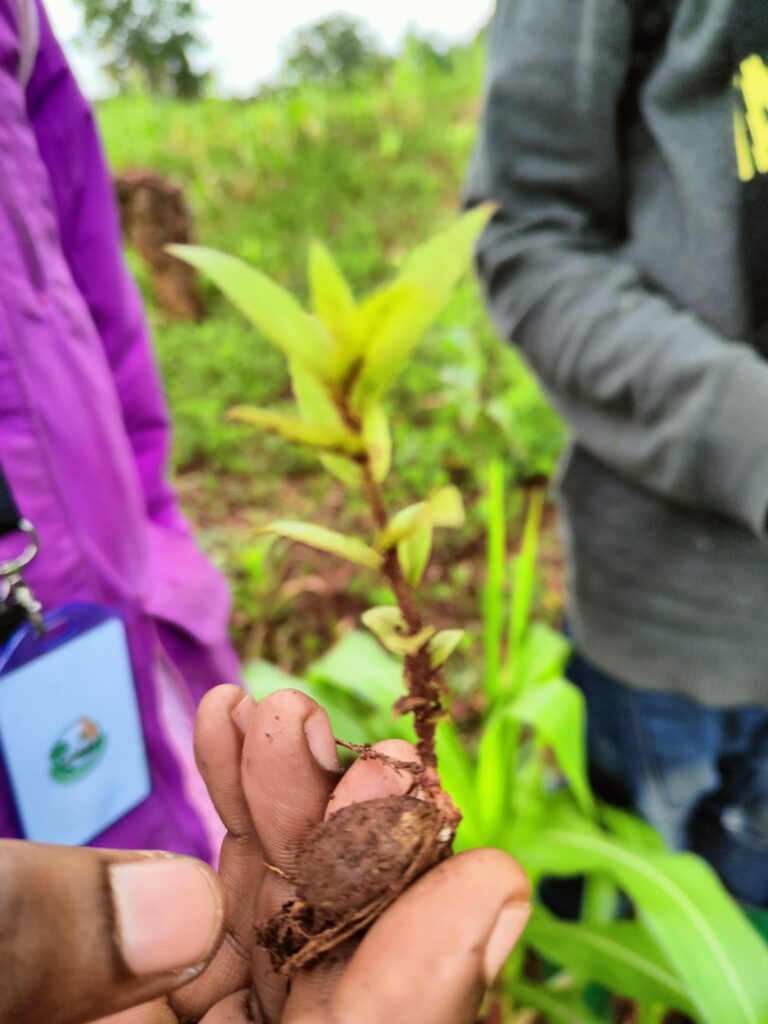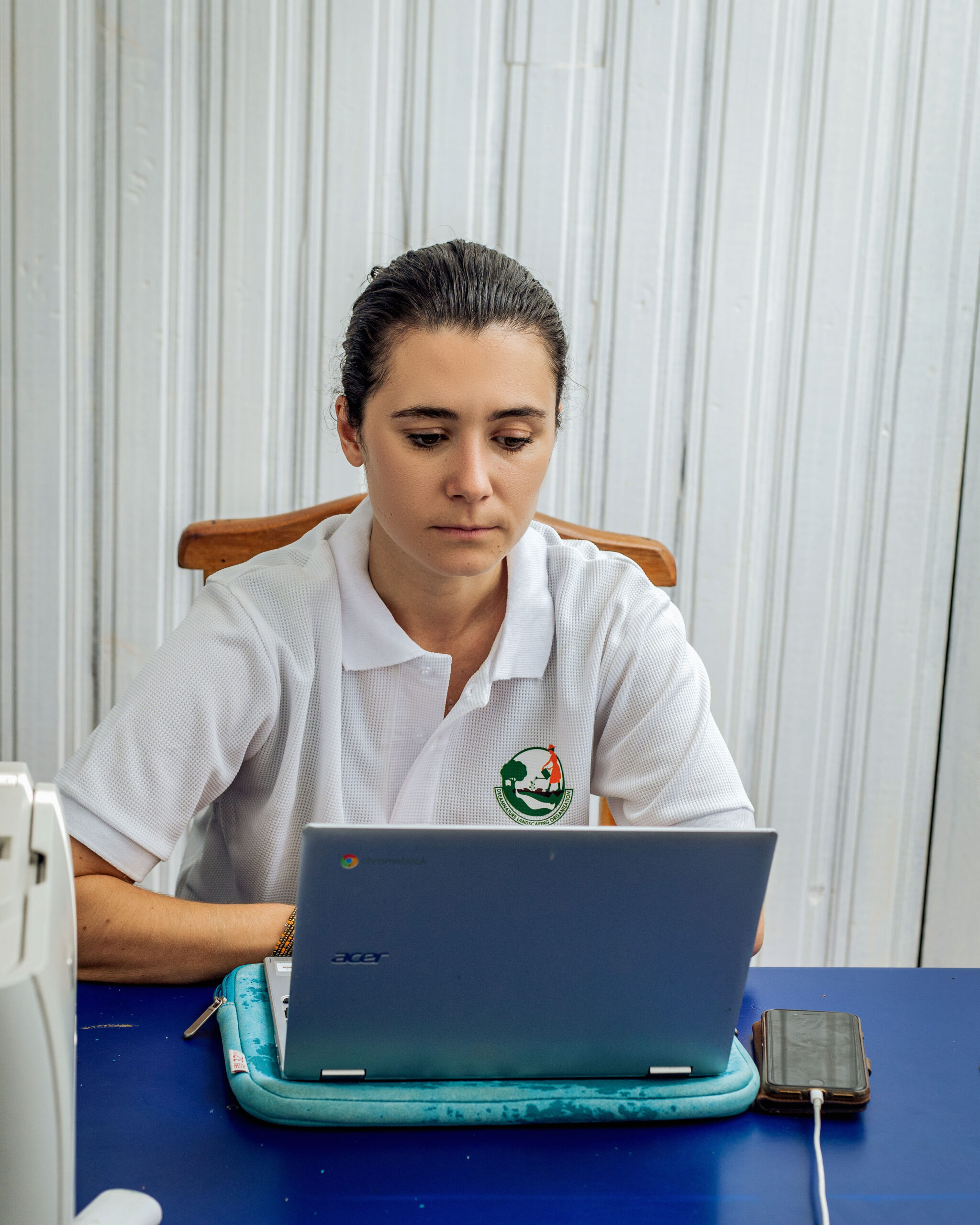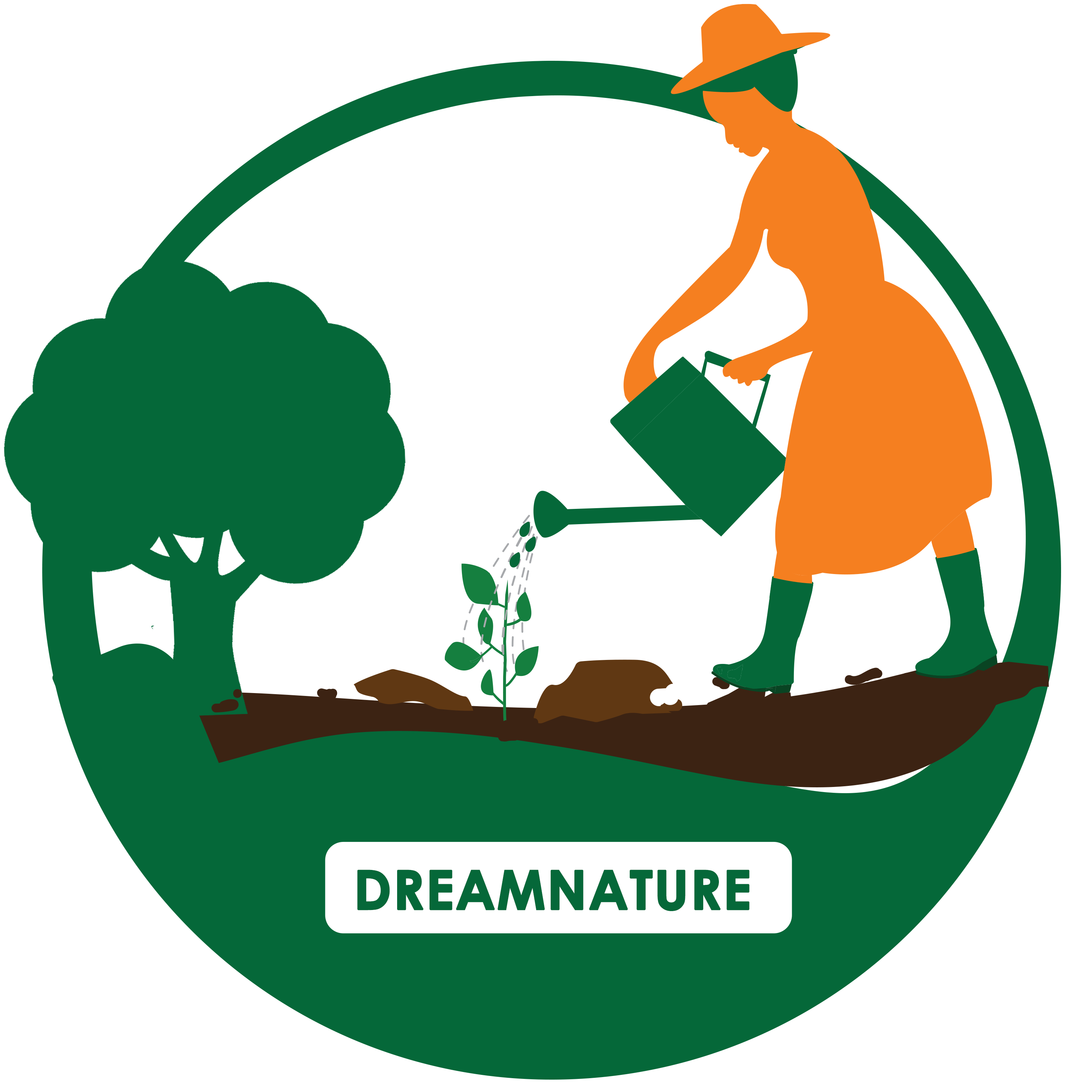NO TREES, NO LIFE!
We are domesticating native trees for people and for biodiversity

OUR MISSION
To unlock the potentials of native trees in sustainable development, ensuring
community involvement, conducting applied research and growing native trees in
agroforestry systems.
OUR VISION
Our vision is to see a world where native trees play a central role in sustainable development incorporated in agroforestry systems fostering regenerative economy.

Our goal is to safeguard native trees restoring biodiversity, while increasing carbon sequestration and improving community livelihood
Dreamnature believes that healthy forests are essential partner earthling for human well -being and natural diversity, by domesticating native trees at the edge of threatened ecosystems and promoting sustainable practices creates a harmony of life for both people and nature.
Collaborate with us
Collaborate with us and be a voice for nature. Together, we can rewrite the story of our planet. Let’s replace barren landscapes with vibrant havens where ecology and economy flourish hand in hand. Plant the seeds of change, one native tree at a time.
Partner with us
Welcome to Dreamnature, where your partnership can truly make a difference. Beyond the conventional approaches of carbon credits and tree planting, our collaboration is about nurturing a world where empowered communities, vibrant ecosystems, and a breathing planet coexist harmoniously.
Volunteer with us
Ignite your passion and become a volunteer with us. Do you yearn to leave a lasting impact on the planet? Join us in fostering vibrant ecosystems, empowering communities, and mitigating climate change. No matter your skills or experience, there’s a place for you on our team.
TESTMONIAL




